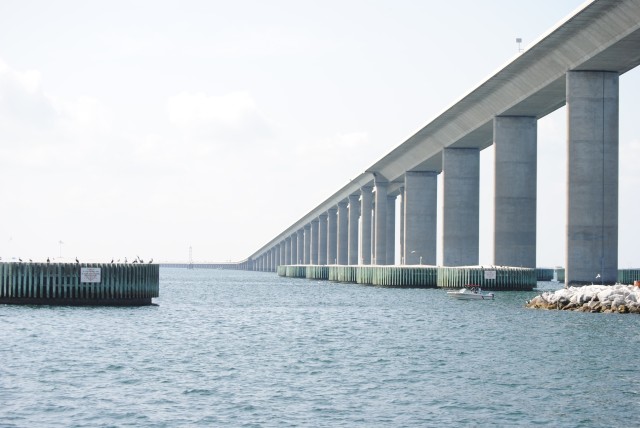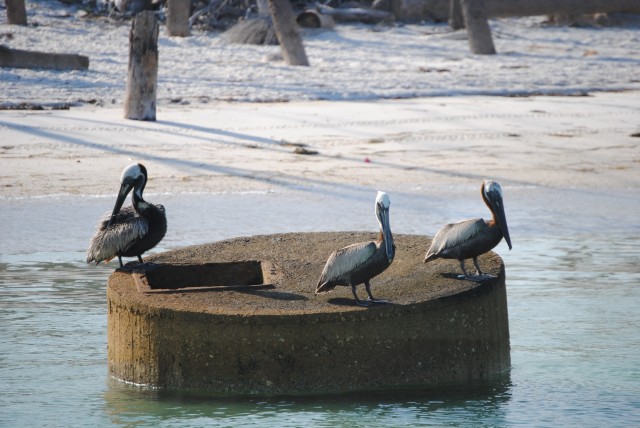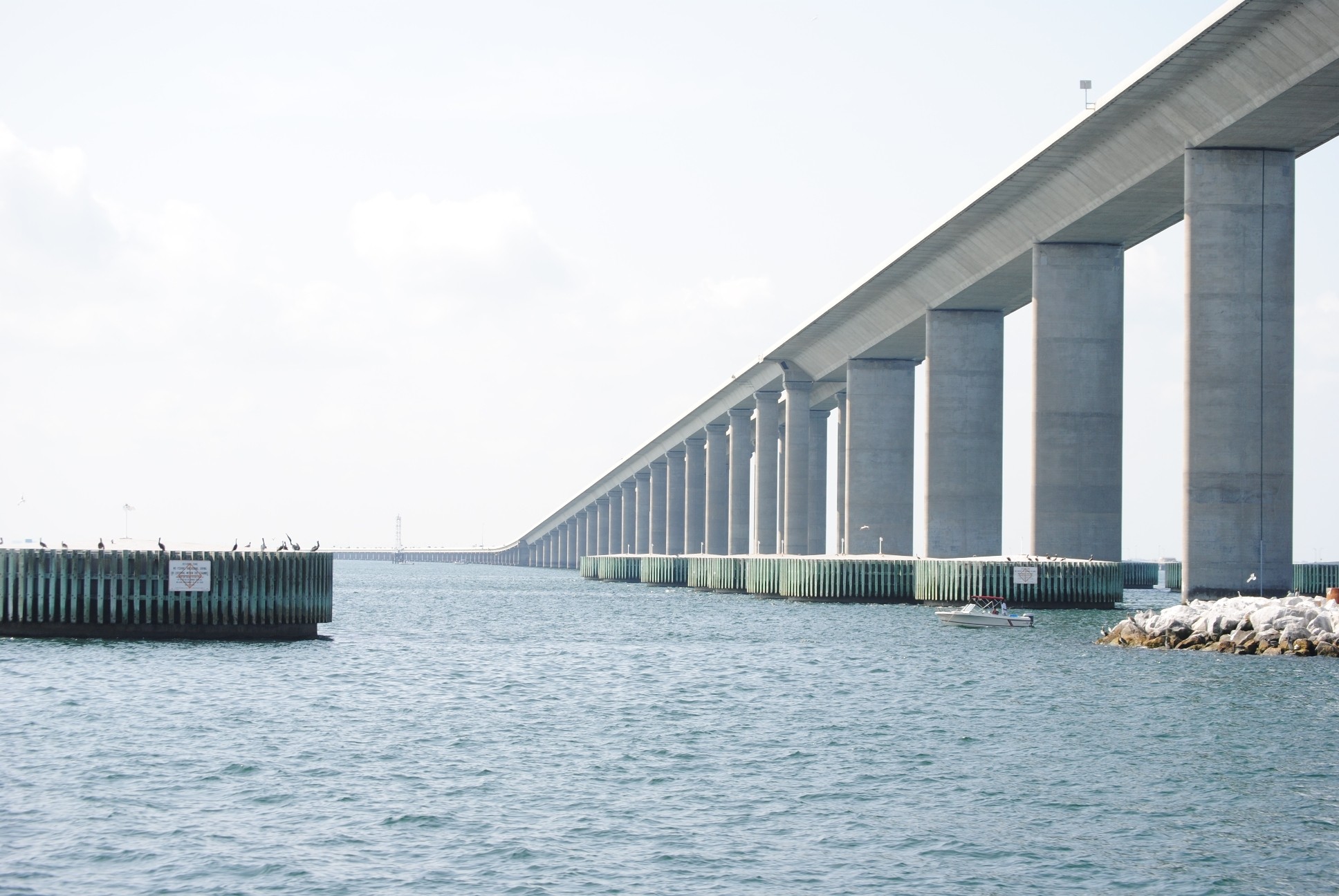Jacksonville, Fla. - On April 22, 2010 - Earth Day - the worst environmental disaster America has ever faced hit the Gulf Coast. In the wake of the Deepwater Horizon explosion and the subsequent oil spill, 11 people died, and a rising toll of damages to the residents, wildlife and the economy of the Gulf began. According to The National Oceanic and Atmospheric Administration's conservative estimate, 200,000 barrels of oil continue to spill into the ocean each day.
Animals covered in the oppressive ooze are found each day, and cleanup crews and researchers work around the clock to alleviate the spill's impact. As the not-so-distant spill comes closer to home for Floridians, the intensity and scope of efforts to deal with the spill's effects in Florida are increasing, including at the U.S. Army Corps of Engineers Jacksonville District.
In June, the district stood up an oil spill task force, charged with developing a plan of attack to make sure the district can accomplish the civil works missions that could be negatively affected by the recent oil spill calamity, including beach renourishment projects.
Although simulated models vary in their projections for where the oil will go, some has already hit Florida's Panhandle. Jacksonville District is preparing for likely and worst-case scenarios in the event oil reaches its beach projects on Florida's coast.
"We are being as proactive as we can, exploring worst-case scenarios and expediting (project) schedules as much as we can before oil gets there," said Jackie Keiser, dredging program manager.
Managers are also using small business procurements to get smaller dredges that are not participating in cleanup efforts in the most impacted areas of the Gulf.
The third prong of the task force's plan of attack includes close coordination and "war-gaming" with state counterparts, including the Florida Division of Emergency Management.
Proactive planning is essential, Keiser said.
Eric Hawk of the protected resources division of NOAA's National Marine Fisheries Service agrees.
"We don't know how large those impacts might be and we may not be able to detect those impacts in the near term, but impacts will be felt on Florida's coasts," said Hawk.
Keeping Keiser up at night is the risk of oil contaminating the areas where the district gets materials for beach renourishment.
"If our borrow areas get contaminated, we would have to clean the sand, and that would be expensive," she said. "There is the possibility of getting [material] from non-domestic areas (like the Bahamas) or from quarries, but those are really expensive alternatives."
A ray of light is emanating from a past district renourishment project, in which an area in Pinellas County, Fla., was contaminated with oil. A simple, relatively low-cost method of booming and skimming the oil off the surface and then vacuuming it up was used.
As the oil spill reaches its tenth week, intensifying the frustrations and concerns some citizens have about industry and government agencies, Jacksonville District is laboring to keep the faith of its public by being good stewards of the citizens' resources and accomplishing vital civil works missions for the benefit of the people it serves.




Social Sharing